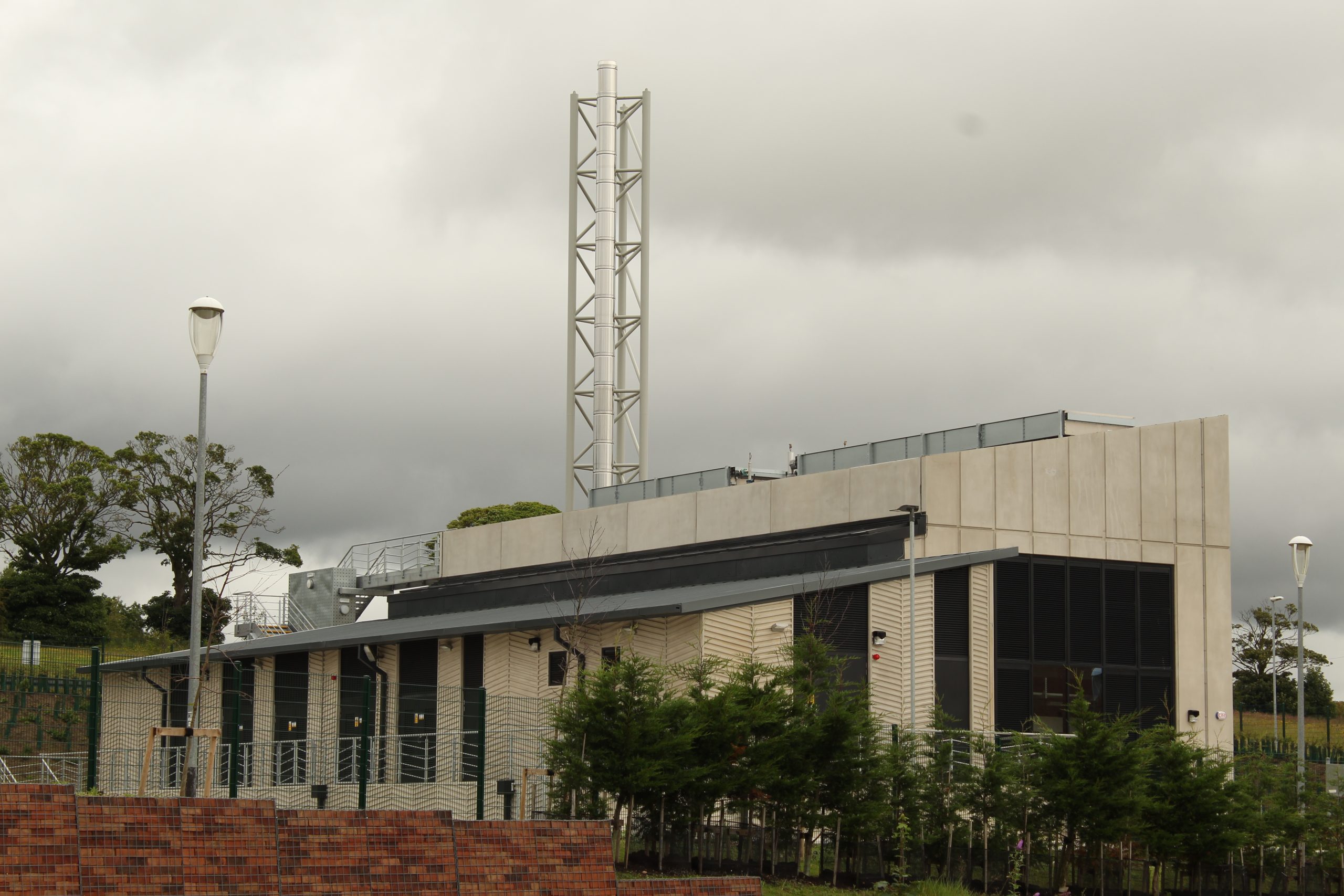The Campus East Energy Centre, located between Langwith College and Constantine College, is running on fossil fuels, York Vision can confirm.
After a Freedom of Information request was submitted to the University, it has been revealed that the centre, which cost £8.1 million to build, is “currently being commissioned on natural gas.”
When in full operation, the centre is estimated to use approximately 27 million Kilowatt-hours (kWhrs) of gas per year, although the University have clarified that they have “yet to do further optimisation work to improve operational efficiency.”
Natural gas is formed from the remains of plants and animals trapped and compressed between layers of sediment underground.
It is considered to be a cleaner fuel to burn for energy, releasing fewer byproducts than oil and far less than coal.
However, when burnt, natural gas still produces carbon dioxide, a potent greenhouse gas which is driving global temperatures to increase, and accelerating climate change.
Pierrick Roger, President of the University of York’s Student Union, told Vision, “I am extremely disappointed in the news of the new Energy Centre. Biogas and natural gas are not sustainable alternatives to more traditional fossil fuels.
“Although they produce a lower amount of greenhouse gas emissions at point of use than other fossil fuels, biogas and natural gas are methane and are therefore extremely prone to huge amounts of methane leakage throughout production and transport.
“The University knows this as I have repeatedly pointed it out to them. Over 20 years, methane gas has a global warming potential of 86, meaning it is 86 times more potent than carbon dioxide in warming our atmosphere.”
Roger raised concern that the energy centre goes against the University’s clean energy transition commitments, saying: “This development is not in line with the energy transition the University has committed to. Campus should be hooked up to the national electrical grid where all electricity can be purchased from renewable sources as is currently being done, not more gas power plants.
“The University has not achieved a single one of its emissions goals over the last 15 years, and this development only pulls us even deeper into the emissions hole we’re in.”
The energy centre uses Combined Heat and Power (CHP), a method hailed by many as far more efficient than other conventional means for generating energy or heat.
By intentionally generating both heat and power at the same time, carefully monitoring the two, and capturing the heat (which usually escapes and is wasted as a byproduct in typical power stations), CHP systems can reduce carbon emissions by up to 30%, and help reduce energy bills by 20%, according to the UK Government.
The centre aims to maintain a steady supply of energy for Campus East over the next 10 years as it expands, and heat produced by the facility will be used to heat buildings at the University to reduce waste.
The new centre, which started construction in October 2021, was only just completed in March this year. Currently, it is undergoing “seasonal commissioning” to get connected up to the University heat and power network, and monitored for efficiency.
While the centre is currently using natural gas, the University confirmed that “the energy centre is designed to run on multiple fuels including biogas [but] it is currently being commissioned on natural gas.”
The University commented: “The Energy Centre has been constructed to last in excess of 50 years, and the generating plant within it is expected to satisfy the ongoing expansion of Campus East over the next 10 years. The design of the building is such that it can readily be extended and adapted as the University energy demands continue to change allowing new technology to be adopted as necessary in future years.”
